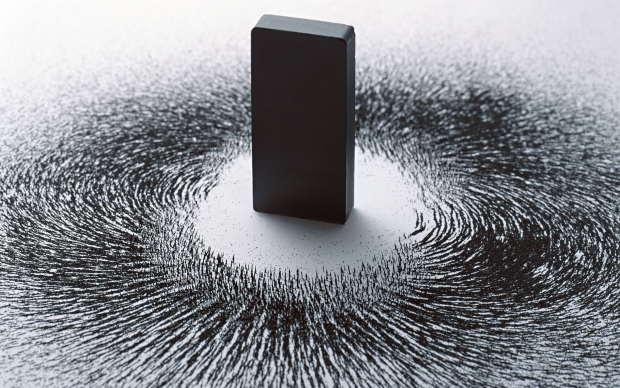According to the peer-reviewed journal Science Advances, which we get for the spot the proton competition, it means that dramatic reductions in power consumption are possible — down to as little as one-millionth the amount of energy per operation used by transistors in modern computers. The information could lead to a reduction in the power consumed by modern computers.
Jeffrey Bokor, senior author of the study said that the research wanted to look at ways to shrink the amount of energy needed for computing.
Magnetic computing was a promising candidate because the magnetic bits can be differentiated by direction, and it takes just as much energy to get the magnet to point left as it does to point right.
Bokor experimentally tested and confirmed the Landauer limit, named after IBM Research Lab’s Rolf Landauer, who in 1961 found that in any computer, each single bit operation must expend an absolute minimum amount of energy.
Landauer’s discovery is based on the second law of thermodynamics, which states that as any physical system is transformed, going from a state of higher concentration to lower concentration, it gets increasingly disordered. That loss of order is called entropy, and it comes off as waste heat.
Landauer developed a formula to calculate this lowest limit of energy required for a computer operation. The result depends on the temperature of the computer; at room temperature, the limit amounts to about 3 zeptojoules, or one-hundredth the energy given up by a single atom when it emits one photon of light.
The team used a new technique to measure the energy dissipation that takes place when they flipped a nanomagnetic bit by using a laser probe to trace the direction of the magnetic field as it was rotated from "up" to "down" position, or vice versa, using an external magnetic field.
Yeah it does sound a bit like they reversed the polarity on the neutron flow to us too. Nevertheless it appeared to work.
The results revealed that just 15 millielectron volts of energy were required to flip the magnetic bit at room temperature, revealing the minimal amount of energy required forcomputer operation.
Integrating such chips into modern computer design though requires more research. But it does mean that today's computers are far from the fundamental limit and that future dramatic reductions in power consumption are possible.




